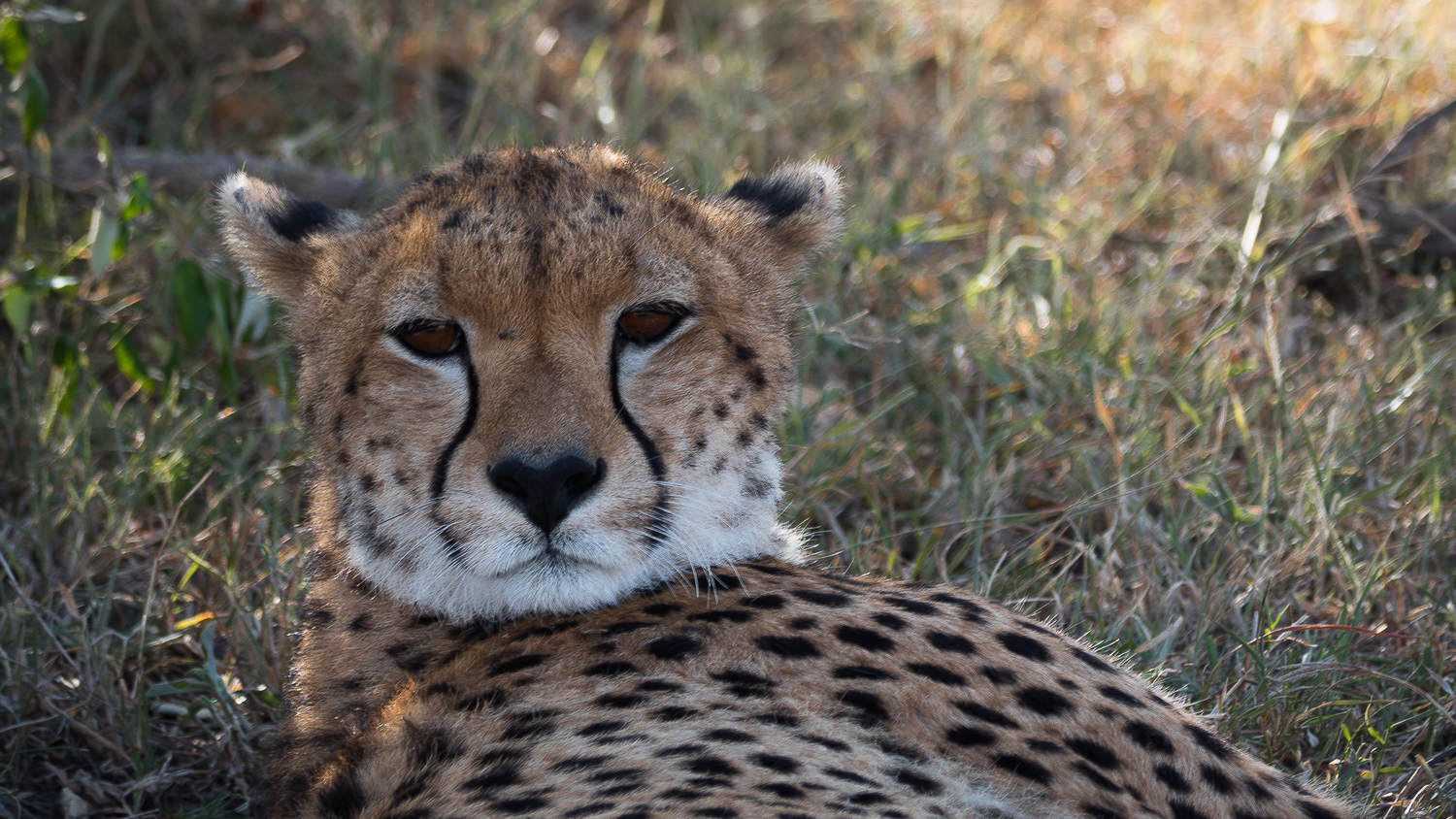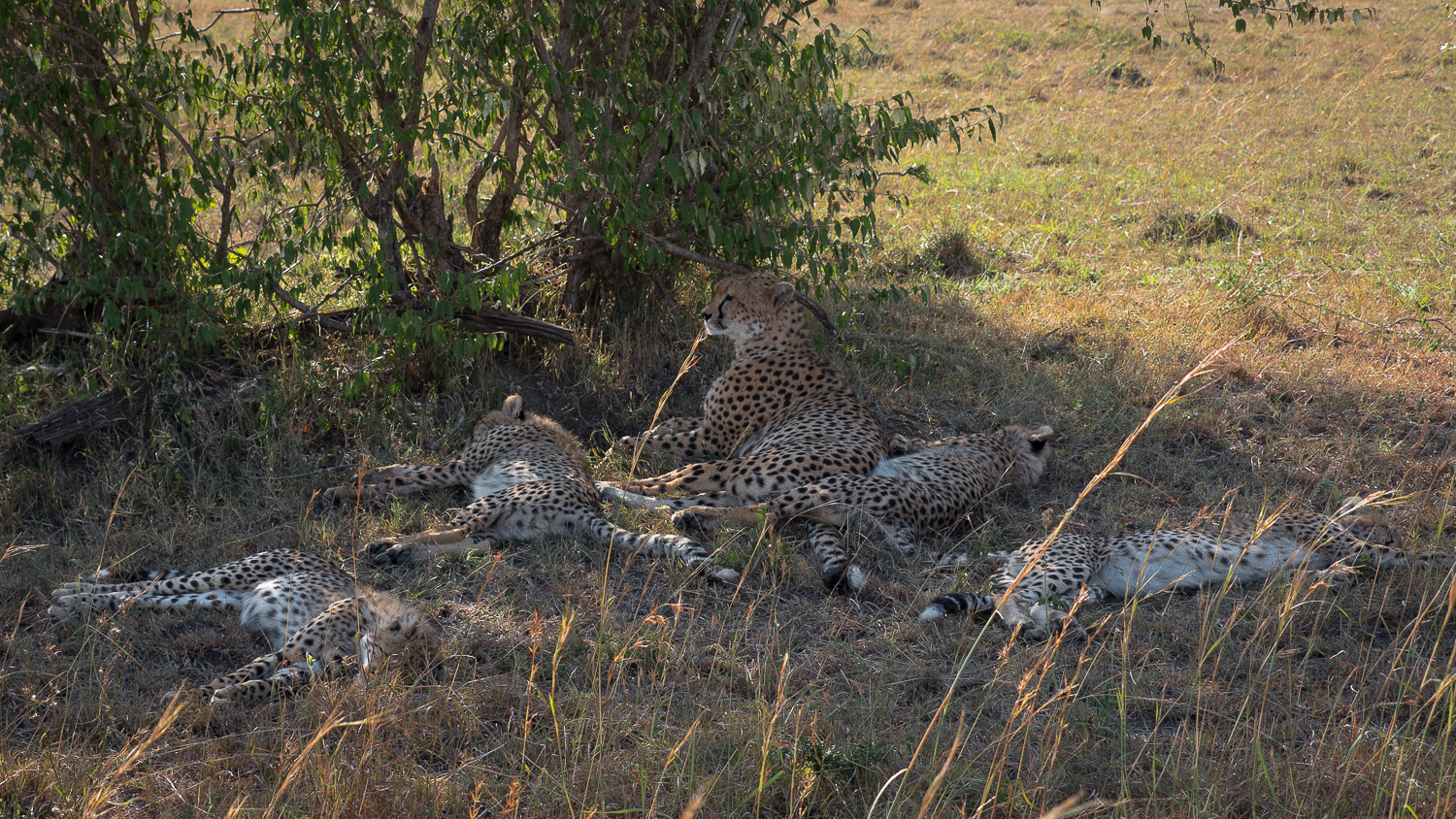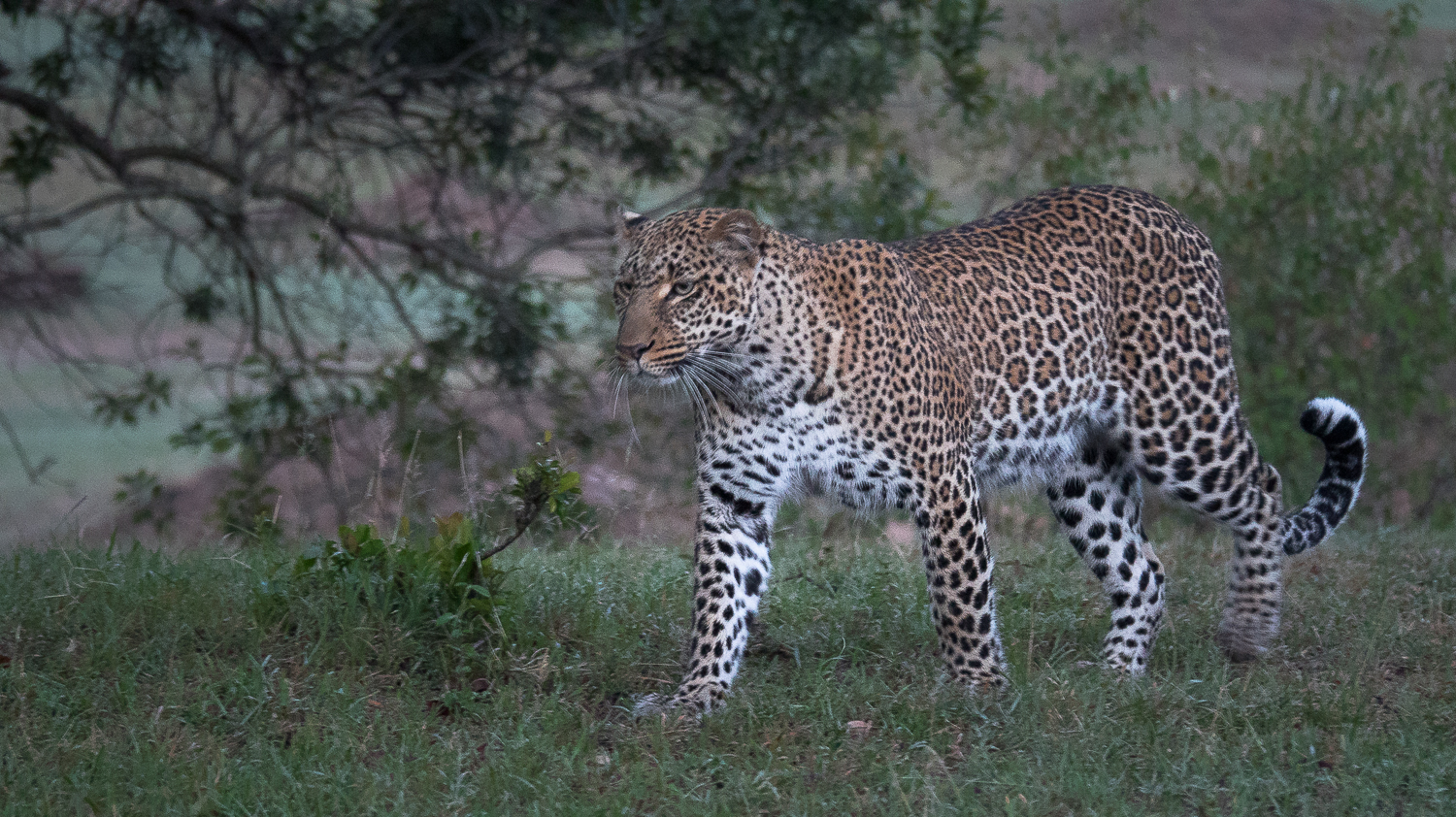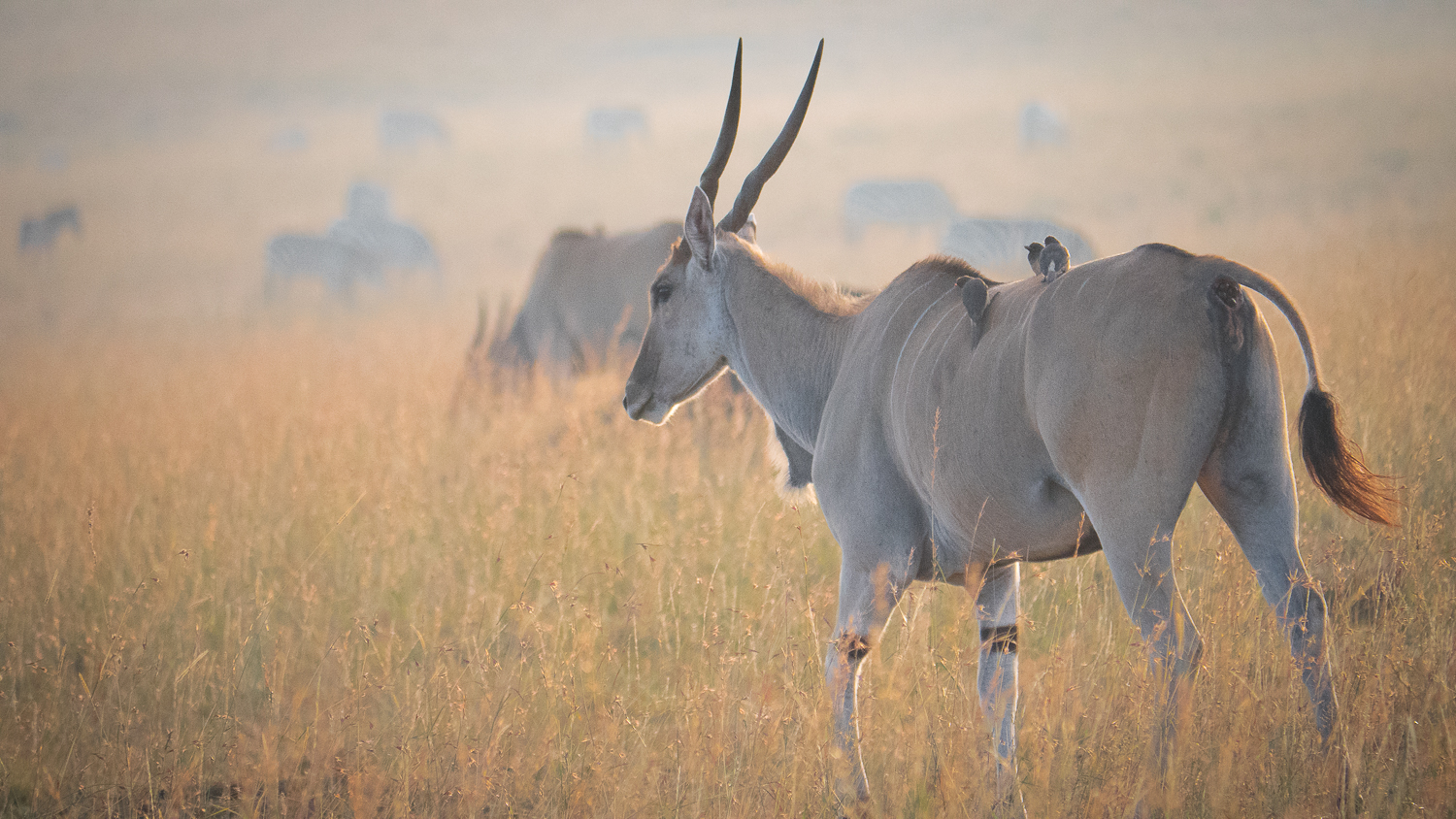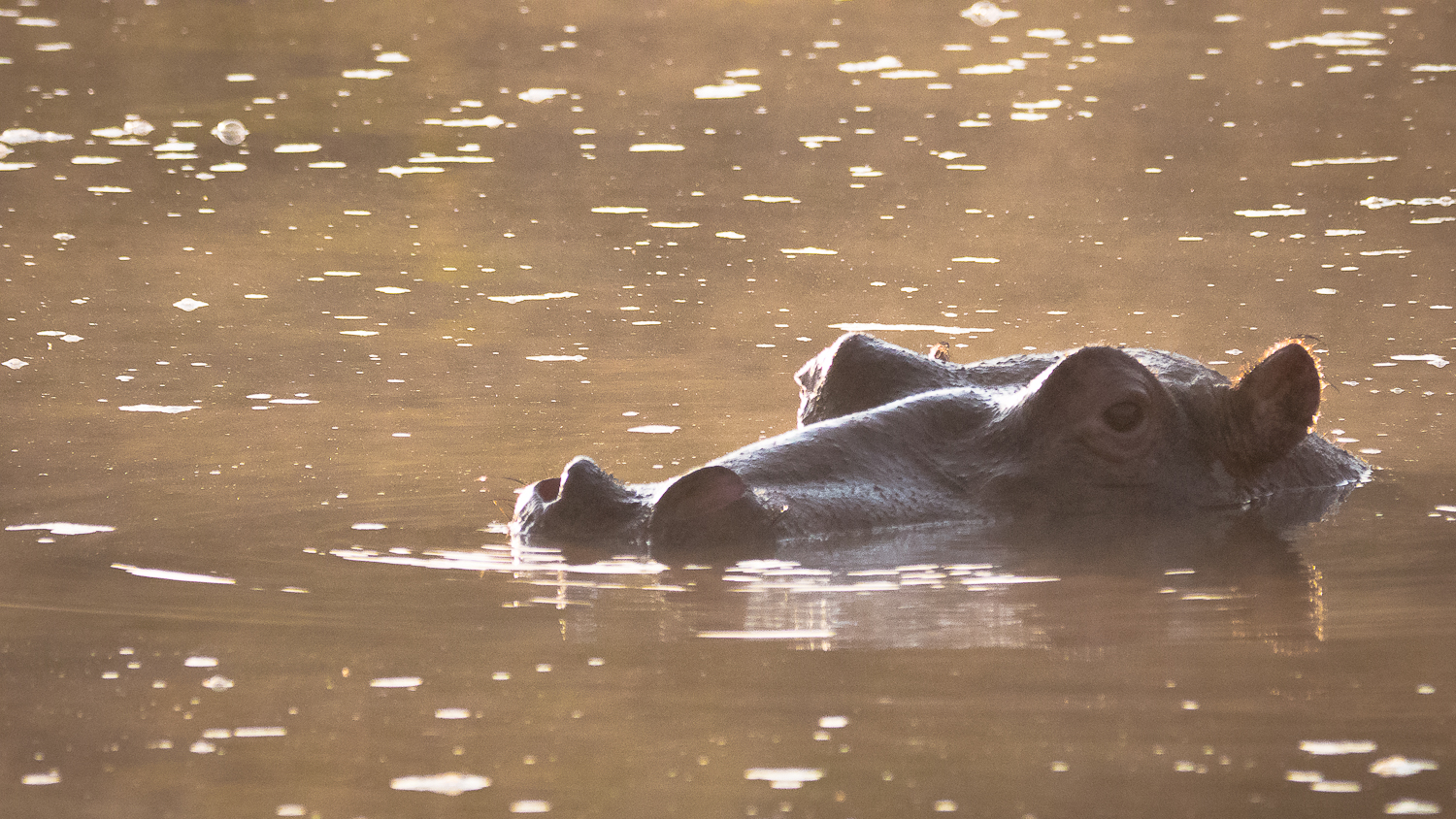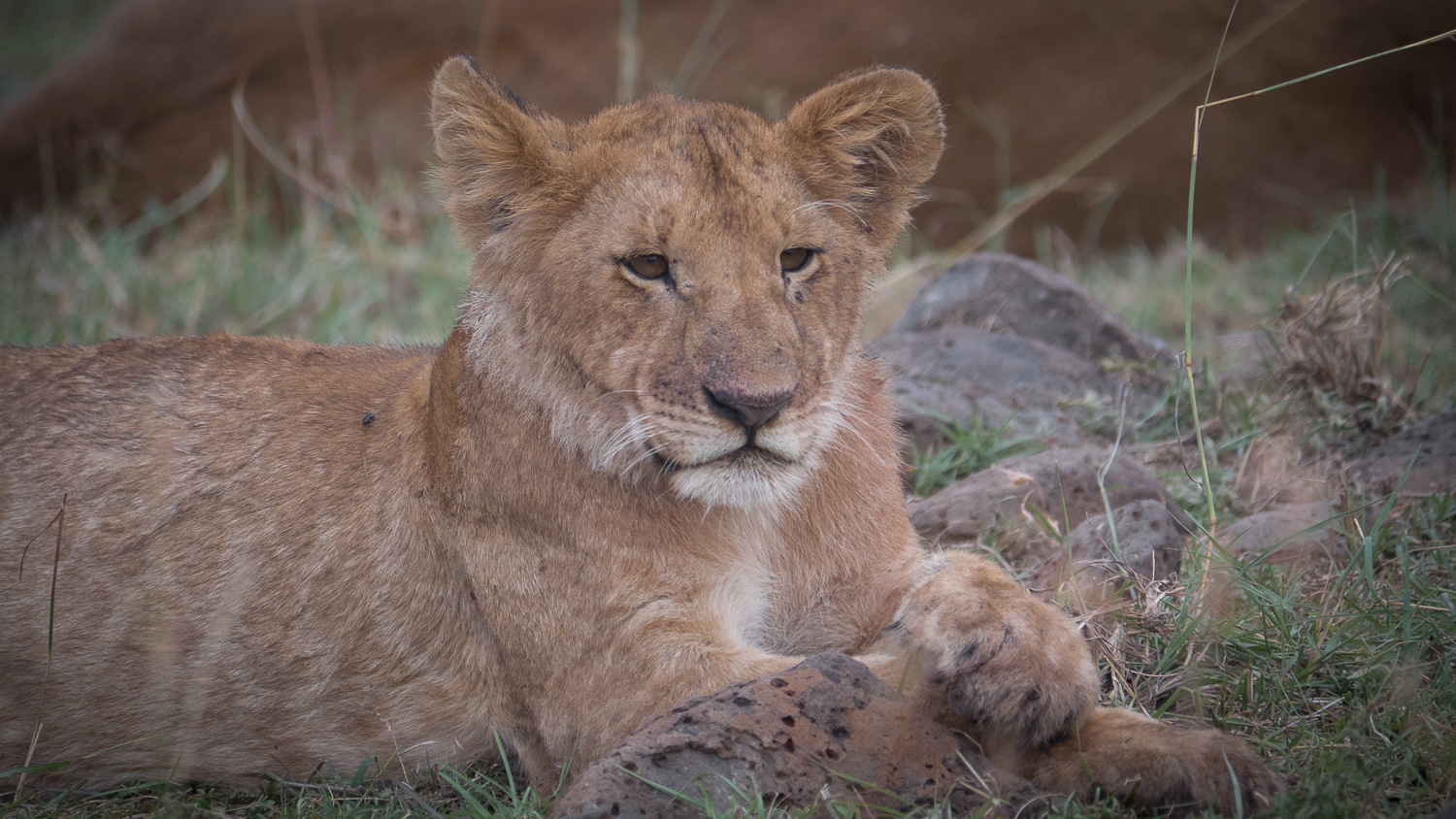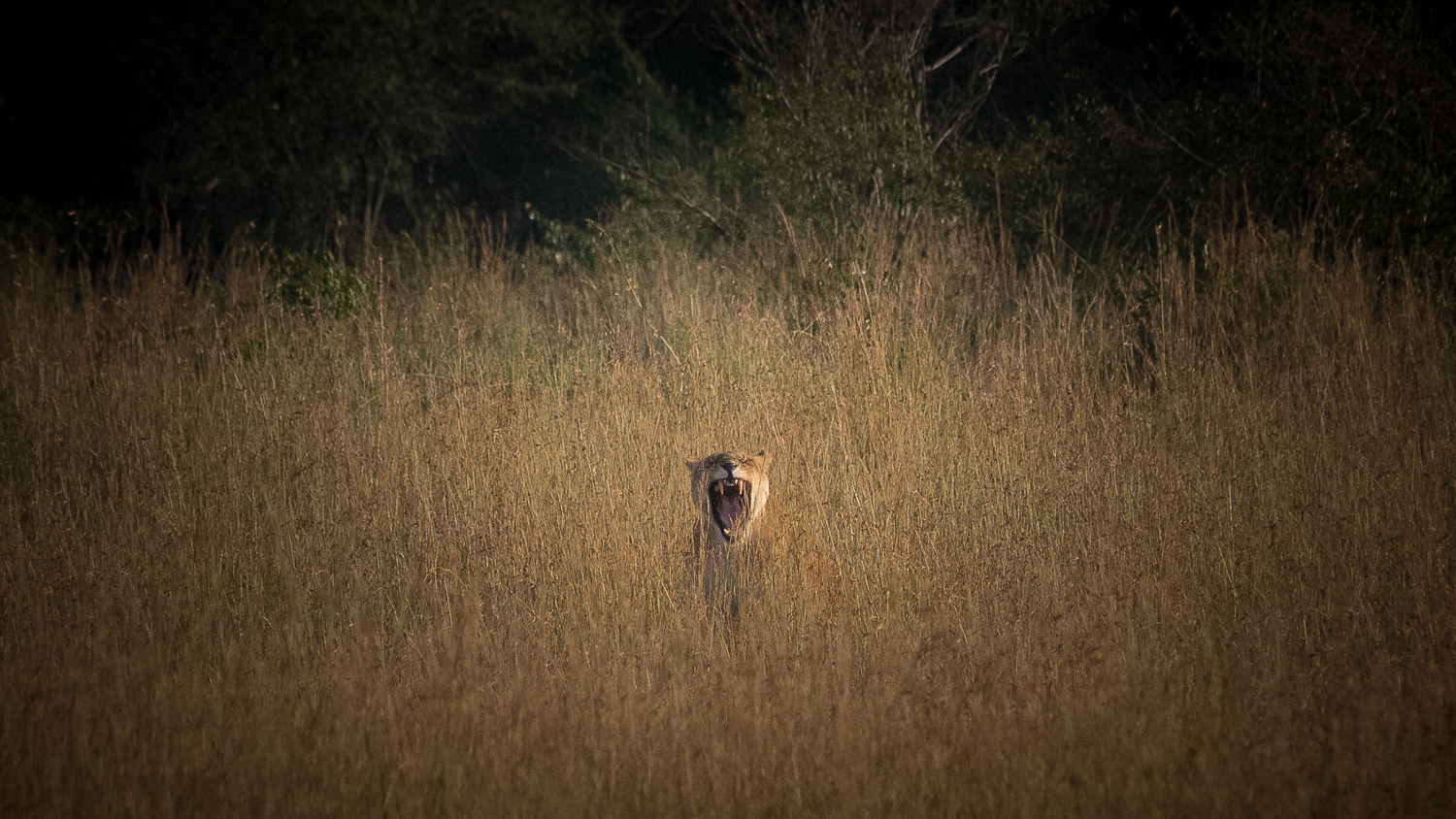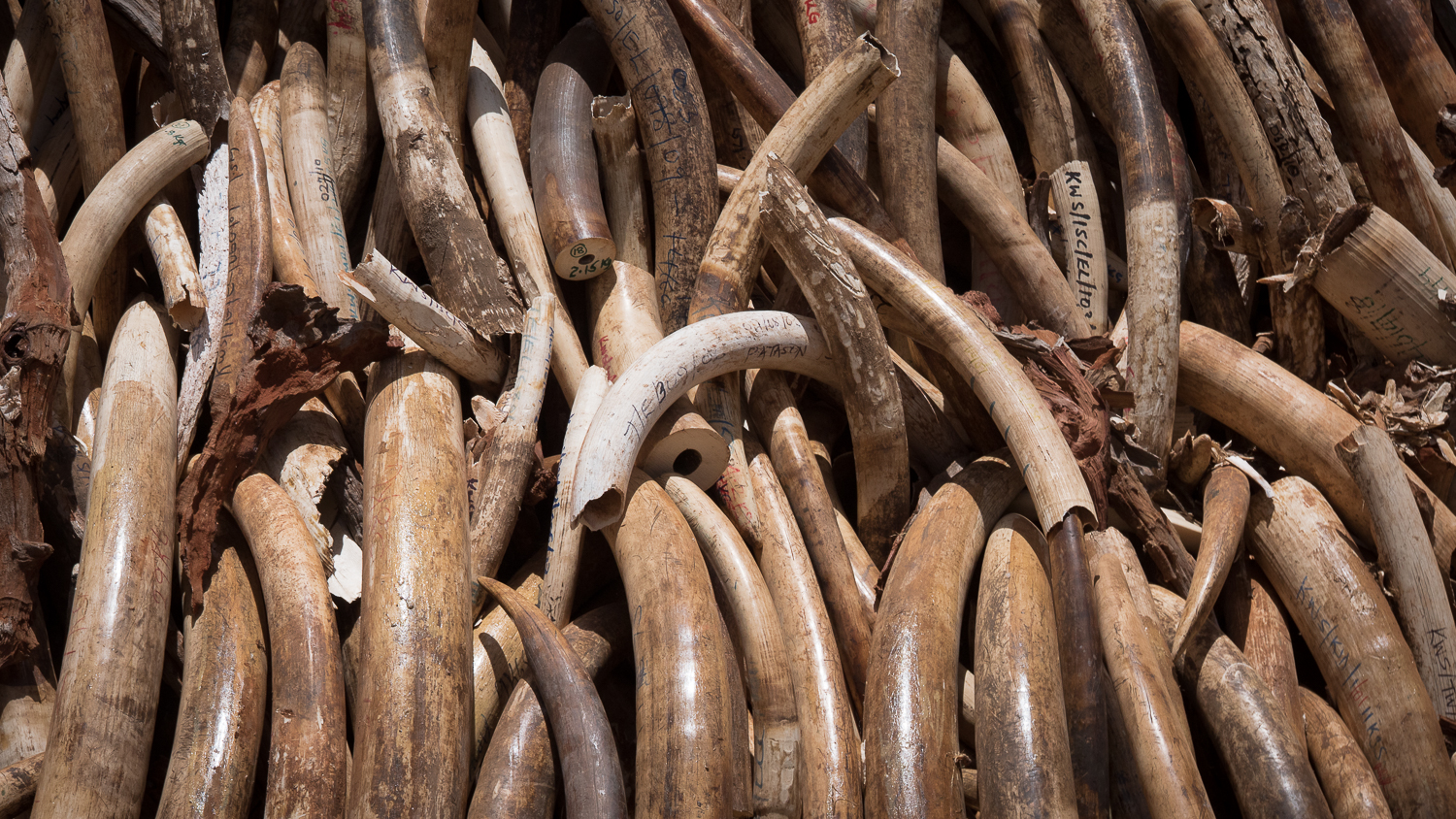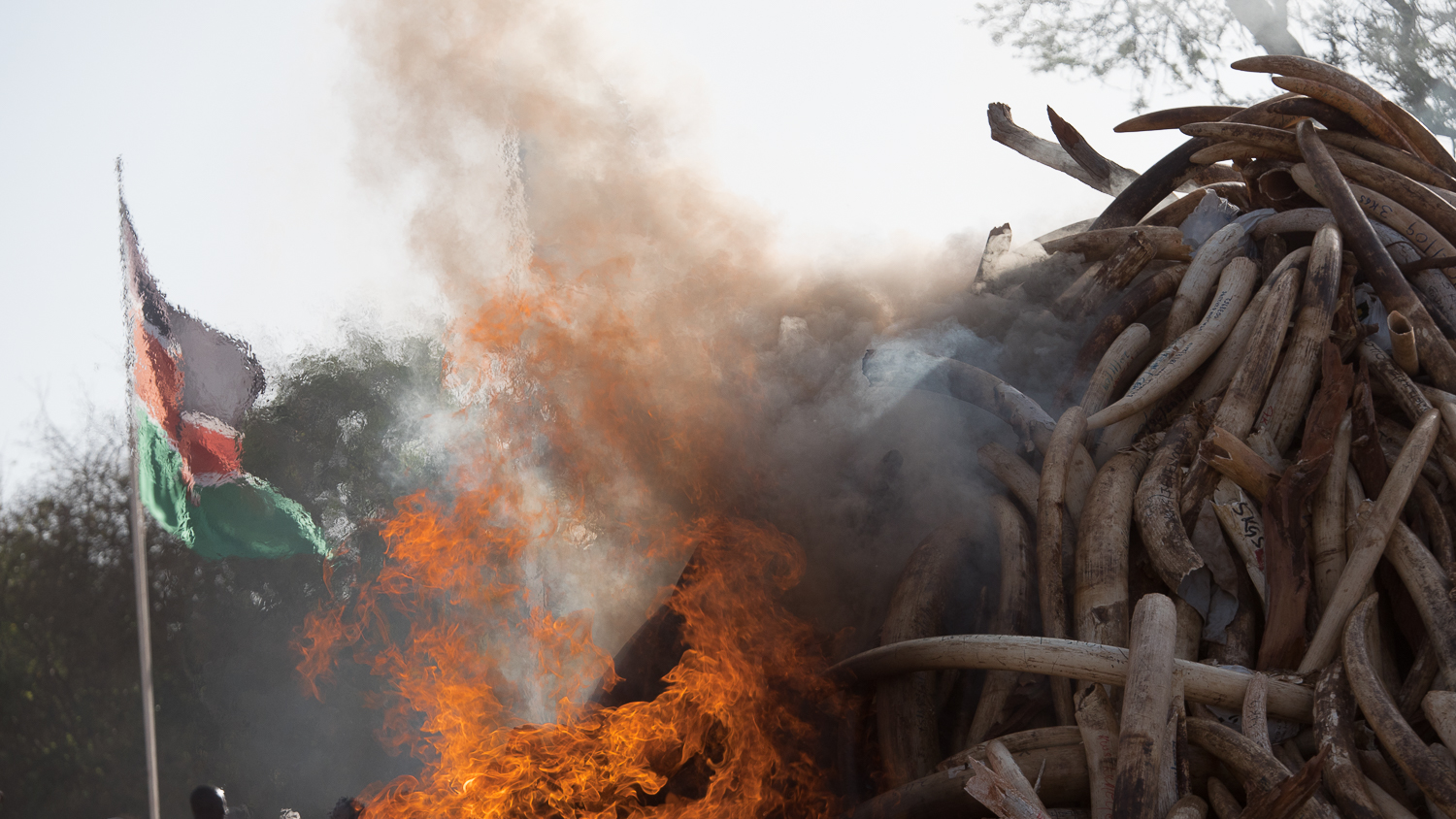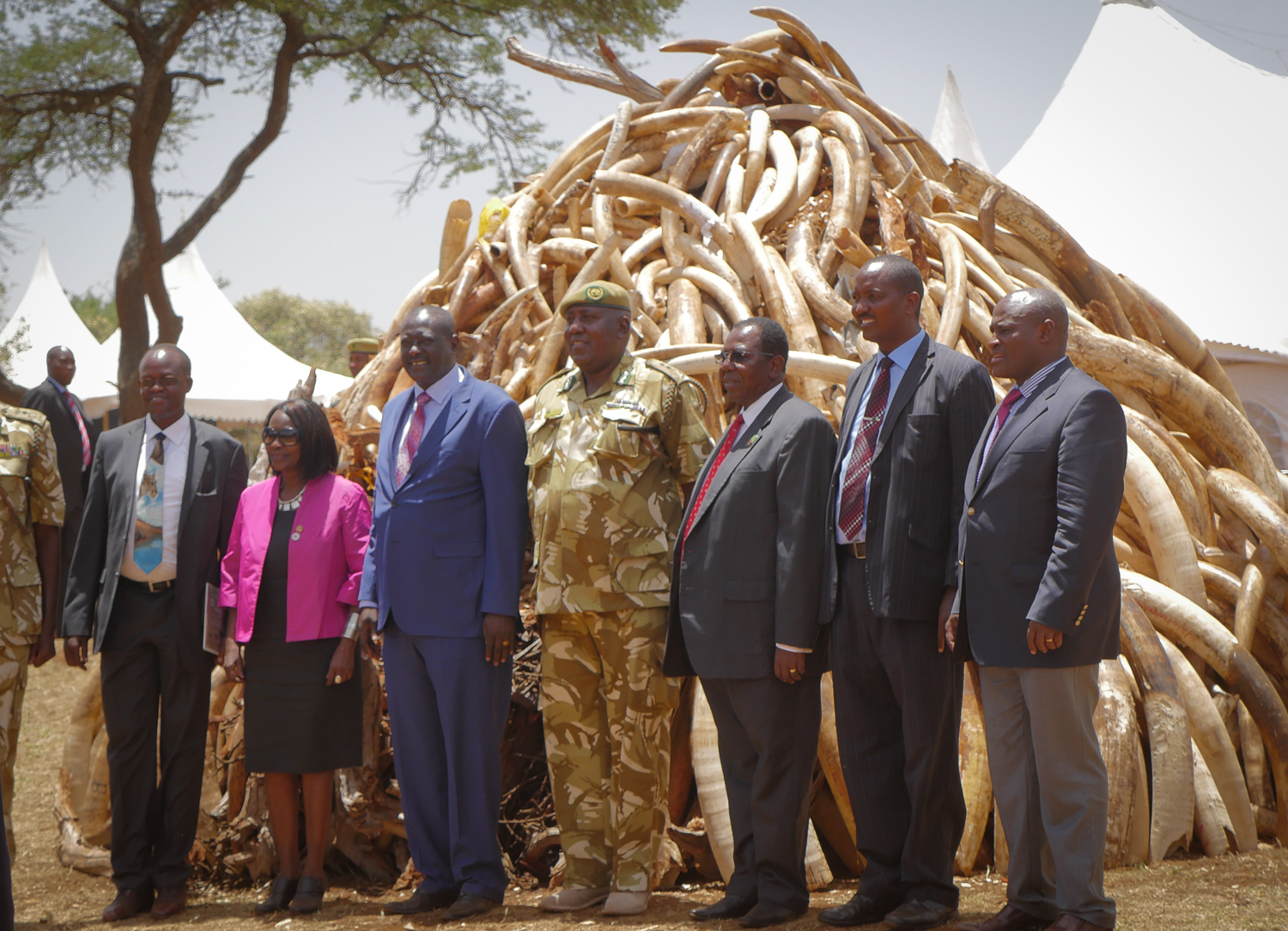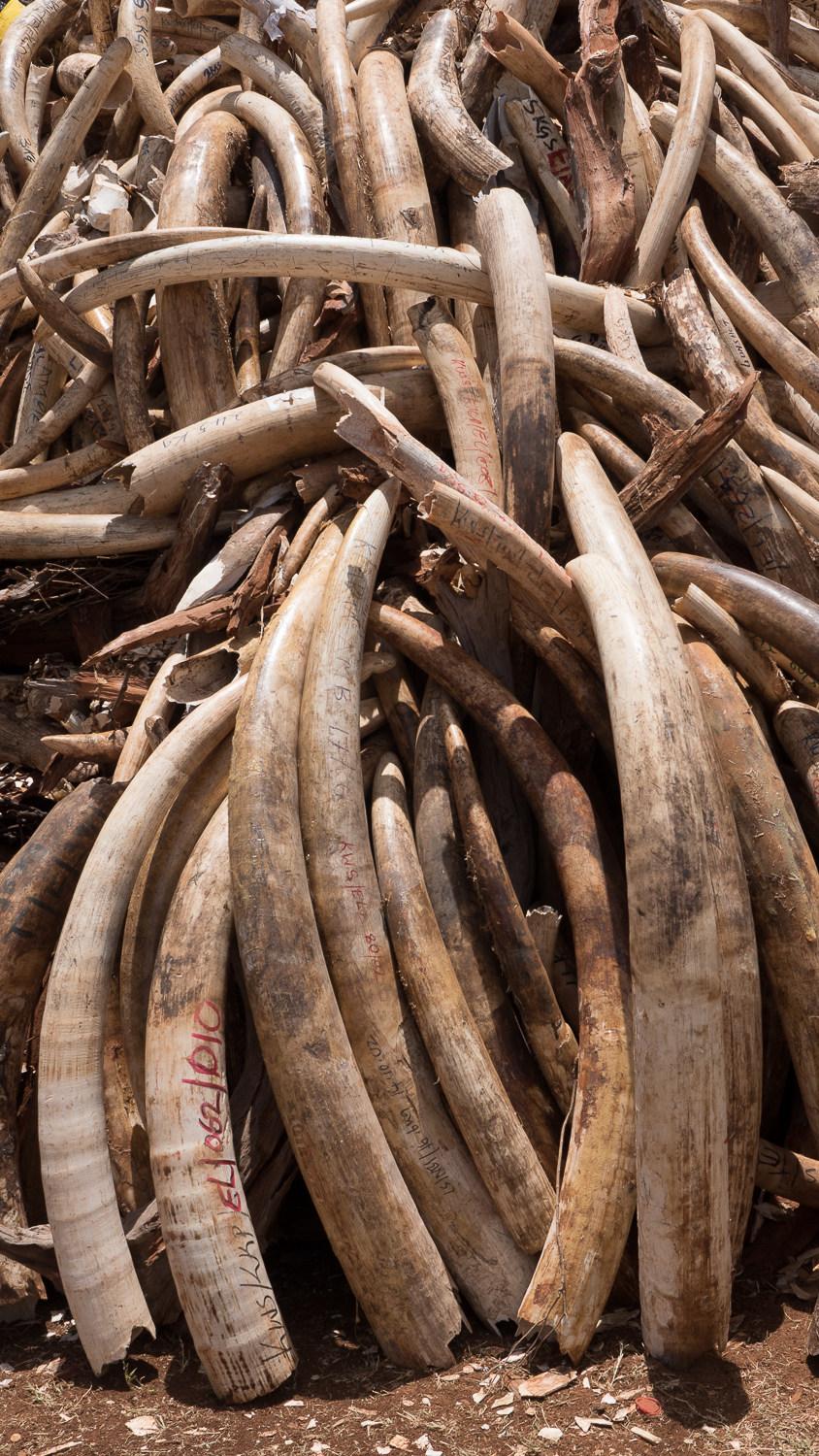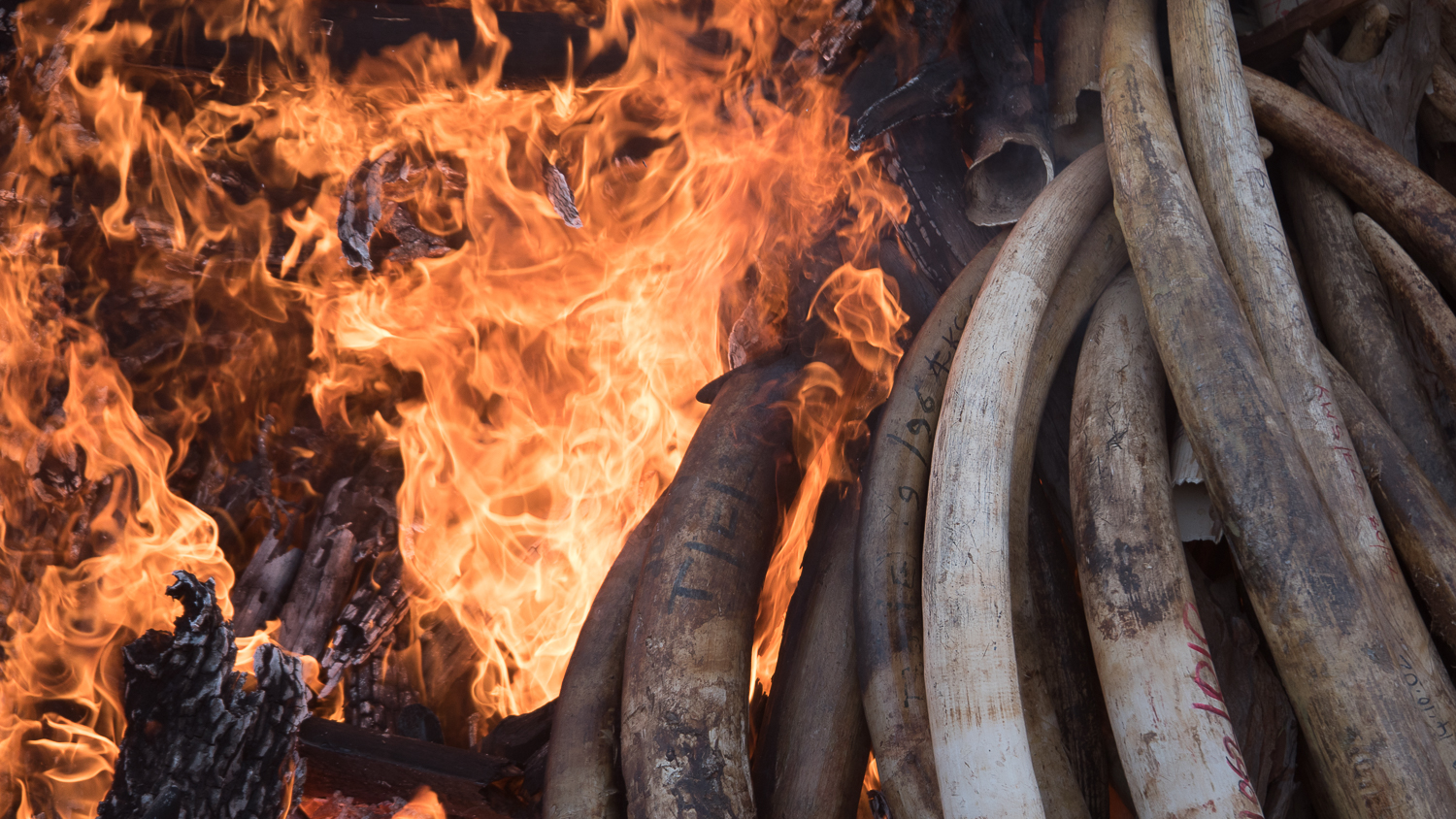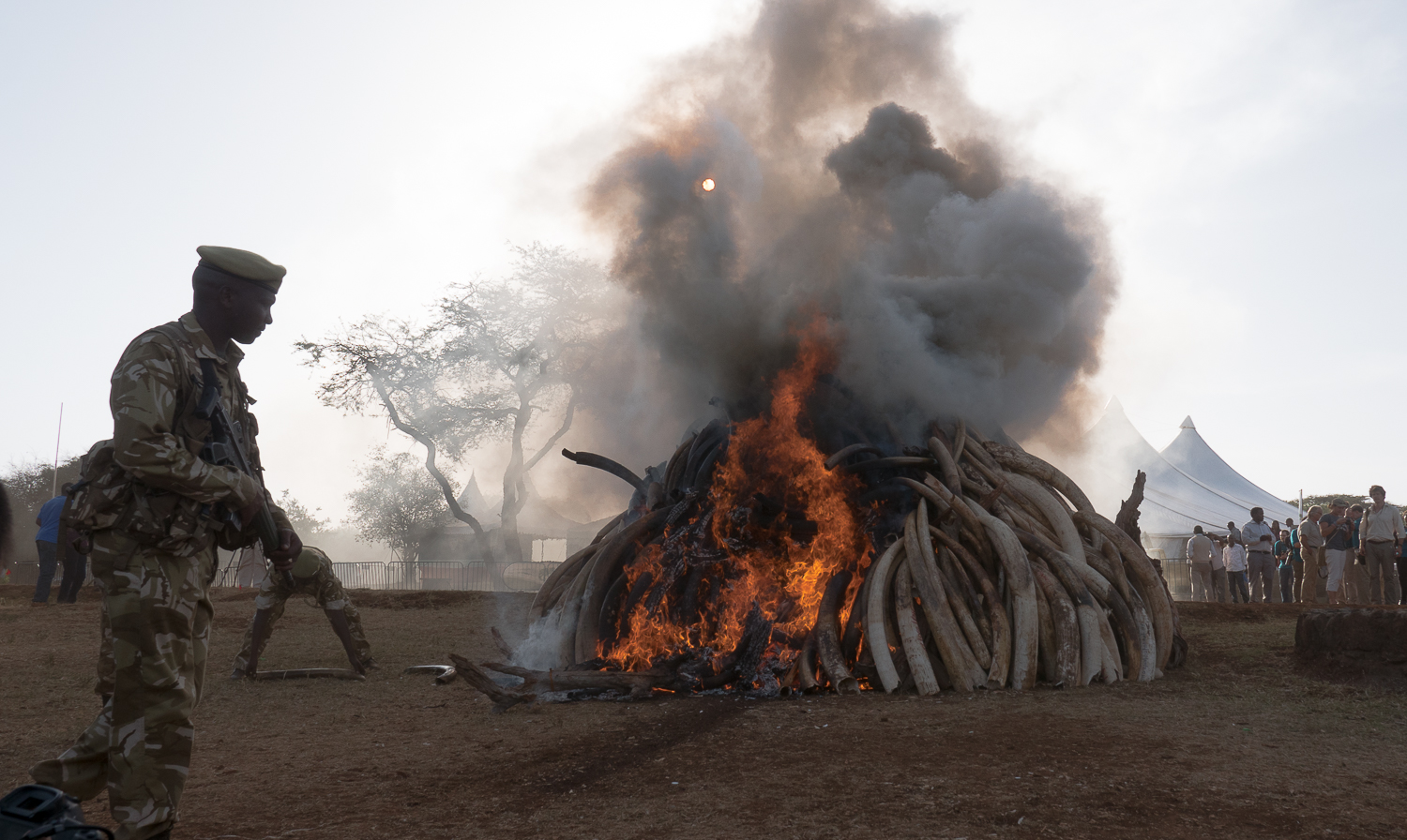"Battle of Tanga, 3rd–5th November, 1914" by Martin Frost (German War Artist - 1875–1928)
Martin:
Our journey down from the Usambara Mountains towards the coast took us along the route of Tanzania's first railway. At the beginning of the First World War, this was German East Africa, and the Usambara Railway provided a key strategic link between the colony's interior and its busy sea-port of Tanga. The town was only 50kms or so south of British East Africa, modern-day Kenya, so when war broke out it wasn't long before the British High Command began planning an attack. Capture Tanga and the whole of German East Africa would surely quickly fall.
I'd just started reading William Boyd's An Ice-cream War, which tells the story of the tragic but farcical Battle of Tanga and wanted to see for myself what remained of the events there.
The man chosen to lead the attack on Tanga was an Indian army officer, Major-General Arthur Aitken. On the 16th October he set out from Bombay (now Mumbai) with a convoy of 45 ships including 14 troop transports. The ships carried an 8,000 strong invasion force, some were regulars from the 2nd Battalion of the Loyal North Lancashires, but the vast majority of Aitken's troops were poorly trained and badly- equipped Indian reserves. After a two week journey on the overcrowded transports most of the soldiers arrived off the African coast malnourished and weakened by seasickness.
HMS Fox
Meanwhile, ahead of the invasion fleet, on the 2nd November 1914 the British warship HMS Fox hove too off Tanga. The original plan had been to bombard the town and force its surrender. But this was a time when wars were fought by gentlemen and there was a prior agreement in place that guaranteed the neutrality of Tanga. The commander of HMS Fox, Captain Francis Caulfield decided that it was only fair to warn the Germans that the deal was now off. He went ashore to speak to the German District officer and gave Tanga one hour to surrender. Before leaving he politely inquired if the harbour was mined. It wasn't, but the German assured him that it was. As soon as Caulfield had left a call was put out to the German army commander Lieutenant Colonel Lettow-Vorbeck. A brilliant tactician Lettow-Vorbeck would go on to become the bain of the British Army in Africa. He rushed to Tanga gathering reinforcements on the way.
Some hours later the German flag was still flying over Tanga. Caulfield chose not to bombard but began sweeping the harbour for mines. When the invasion fleet arrived Aitken decided the best thing to do would be to immediately land his forces - 3km south of Tanga on an "unmined" beach. But with no prior reconnaissance the already weakened invasion force found themselves struggling ashore through a mangrove swamp. It took two days to get the troops onto dry land. Meanwhile Lettow-Vorbeck marshalled his forces.
German Askaris (African troops) attack
Frustrated by the delay, and again with no prior intelligence of enemy positions, Aitken ordered his ill-prepared force to advance on Tanga. Though outnumbered 8 to 1 the German forces quickly broke up the first advance. Then all hell broke loose. Some of the British managed to break through to the town but were driven back by naval gunfire from HMS Fox - which though it had no idea where the Germans were but began shelling anyway. As their own shells fell on them the British and Indians were set upon by hoardes of viciously-stinging African bees which had been disturbed by the gunfire. As one British soldier observed afterwards "We don't mind the German fire, but with most of our officers and NCOs down and a bunch of n****s firing into our backs and bees stinging our backsides, things were a bit 'ard...".
The invasion soon turned into a rout. Nearly 400 British and Indian troops died in the swamps with a similar number wounded or captured. German casualties were less than a 150. The British Official History of the War described the battle "as one of the most notable failures in British Military History"
Indian soldiers lie dead on the beach
We managed to track down the beaches where the failed invasion took place. There are still mangroves there but nothing else to recall the tragic events of November 1914. It's all very peaceful and a little forlorn today.
The invasion beaches today
Tanga was eventually captured by a Commonwealth force, with very little opposition, in 1916. At that time the bodies of 270 unidentified officers and men who had been killed in the earlier battle were reburied in the Tanga Memorial Cemetery. They were among 64 British and 330 Indians who died in "the Battle of the Bees". Their names are inscribed on the memorial wall.
The cemetery was supposed to be open when we arrived but we found the gate padlocked. A kind local brought us a chair to stand on and we climbed over the fence. Annemarie laid a small flower on the memorial. I don't expect the memorial receives many visitors. I think one day I'd like to make a documentary about this.
Tanga Memorial Cemetery
Tanga Memorial Cemetery
